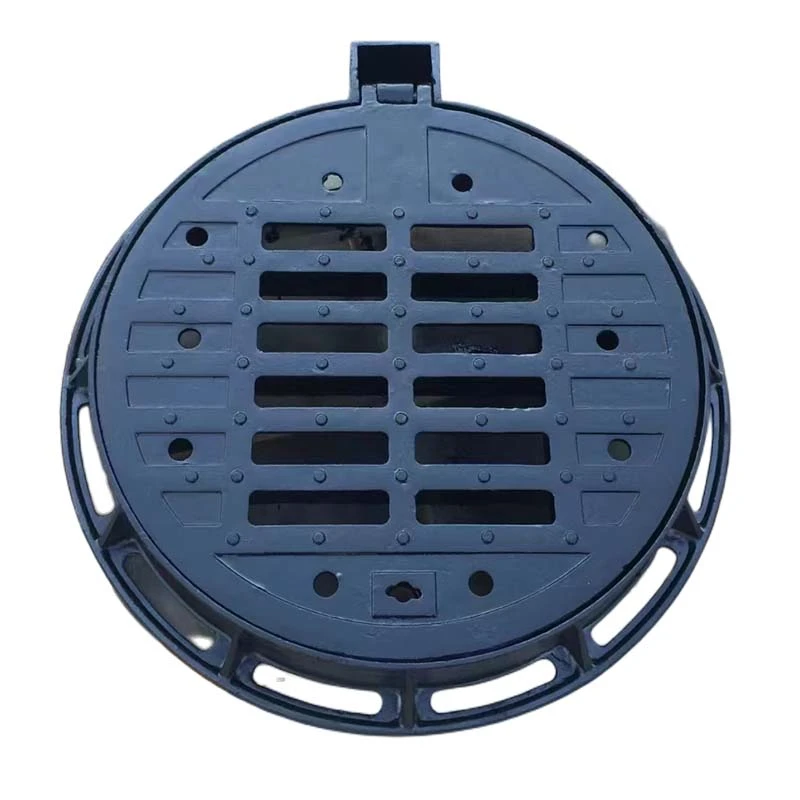Techniques and Best Practices for Effective Lapping of Gate Valves in Industrial Applications
Understanding Gate Valve Lapping A Key Maintenance Procedure
Gate valves are essential components in various industrial applications, serving as devices that regulate the flow of liquids and gases. Their effectiveness and longevity depend significantly on proper maintenance, with lapping being one of the crucial processes involved. This article explores the importance of gate valve lapping, the lapping process itself, and the benefits it brings to valve performance.
What is Gate Valve Lapping?
Lapping is a precision polishing process used to improve the sealing surfaces of a gate valve. The gate valve operates through a wedge-shaped disc that moves vertically between two seats. For the valve to function optimally, the surfaces of the gate and the seats must be perfectly flat and smooth. Over time, these surfaces can become worn, scratched, or corroded due to regular usage, leading to leaks and inefficiencies. Lapping rectifies these imperfections, ensuring a tight seal when the valve is closed.
The Lapping Process
The lapping process involves several steps to achieve the desired surface quality. Initially, the gate valve is disassembled, and the gate and seat surfaces are inspected for wear and damage. Depending on the condition, either a traditional lapping method or a more modern approach using powered lapping machines can be employed.
1. Preparation The surfaces to be lapped are cleaned thoroughly to remove any debris or contaminants. It's crucial to ensure that no foreign particles can interfere with the lapping process. 2. Lapping Compound Application A lapping compound, typically consisting of fine abrasive particles suspended in a lubricant, is applied to the surfaces. The choice of abrasive size depends on the level of wear and the material of the valve.
3. Lapping Motion The gate and the seat are then subjected to a controlled motion, usually a back-and-forth or circular movement. This action gradually removes material from the surfaces, allowing them to achieve the necessary flatness and smoothness.
4. Inspection After the lapping is complete, the surfaces are cleaned again and inspected using light or a feeler gauge to ensure they meet the required specifications. If necessary, additional lapping can be performed.
gate valve lapping

5. Reassembly Once the desired finish is achieved, the valve is reassembled and tested for leaks to confirm that the lapping has restored its functionality.
Benefits of Lapping Gate Valves
The lapping process offers several advantages that enhance the performance and reliability of gate valves
- Improved Sealing A well-lapped valve ensures a tight seal, which minimizes the risk of leaks and helps in maintaining system pressure. - Extended Lifespan Regular lapping reduces wear on the valve components, extending their operational life and delaying the need for replacement.
- Cost Efficiency By preventing leaks and maintaining efficiency, lapping helps in reducing operational costs associated with fluid loss and energy consumption.
- Enhanced Performance A properly lapped gate valve operates more smoothly, reducing the effort required for opening and closing, leading to less strain on the actuator or manual handle.
- Compliance with Standards Many industries are governed by stringent regulations regarding safety and reliability. Regular lapping of gate valves can help maintain compliance with these standards.
Conclusion
In summary, lapping is a vital maintenance procedure that significantly contributes to the efficiency and longevity of gate valves. By ensuring a perfect seal between the gate and the seat, this process not only improves the valve's performance but also enhances the overall reliability of the systems in which they are used. By incorporating regular lapping into maintenance schedules, industries can benefit from reduced downtime, lower operational costs, and better compliance with safety standards.
-
The Smarter Choice for Pedestrian AreasNewsJun.30,2025
-
The Gold Standard in Round Drain CoversNewsJun.30,2025
-
The Gold Standard in Manhole Cover SystemsNewsJun.30,2025
-
Superior Drainage Solutions with Premium Gully GratesNewsJun.30,2025
-
Superior Drainage Solutions for Global InfrastructureNewsJun.30,2025
-
Square Manhole Solutions for Modern InfrastructureNewsJun.30,2025
-
Premium Manhole Covers for Modern InfrastructureNewsJun.30,2025
